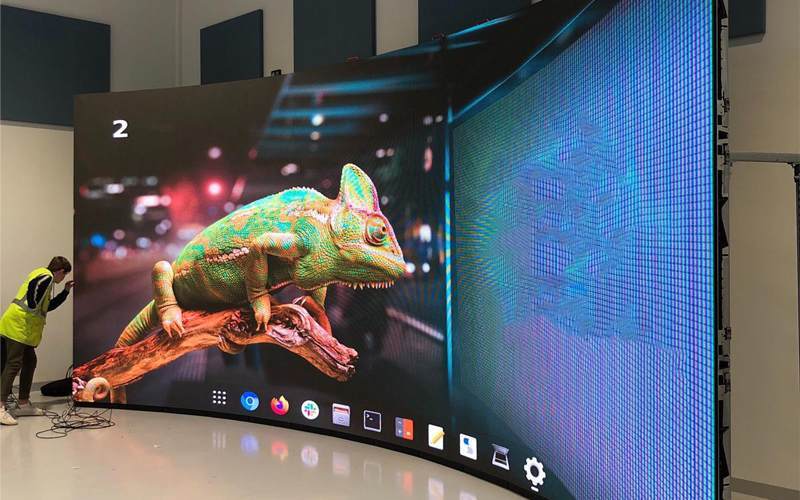A Comprehensive Comparison of Different LED Display Wall Technologies and The Applications
Light Emitting Diode video screens have become more popular in various environments, including music events, sports events, and corporate meetings. These large big displays consist of composed of numerous small LED modules which function collectively to form a single cohesive image. There are multiple types of Light Emitting Diode display wall technologies available, each with its own features as well as advantages. Grasping these technologies options can assist companies and entities choose the appropriate option for their specific requirements.
One frequent kind of Light Emitting Diode display wall solution is the directly viewed LED. Such solution uses individual Light Emitting Diode modules that are placed closely in proximity to form a large display. Directly viewed LED walls are recognized for their elevated brightness and lively hues, which makes them ideal for outdoor activities and brightly lit settings. These displays also have a broad viewing angle, allowing indicating that people can see the display distinctly from different locations. Such makes direct view LED screens a favored choice for stadiums and external events.
Another kind of LED video screen solution is the LED illuminated LCD. This technology combines conventional LCD screens and Light Emitting Diode backlighting to enhance luminosity as well as color precision. LED-backlit LCDs are often used in indoor environments, including shopping malls and conference rooms. These displays provide excellent visual clarity while are typically more affordable than direct view LED walls. However, they may not perform as effectively in well-lit settings, since the backlighting can sometimes wash out the colors.
A third option is the Organic Light Emitting Diode display screen. Organic Light Emitting Diode solution offers exceptional contrast and color depth compared to other kinds of screens. Every dot in an Organic Light Emitting Diode display produces its own light, allowing for genuine dark tones as well as lively hues. This makes OLED video walls particularly appealing for applications that require high-quality images, such as art galleries or high-end retail stores. However, OLED technology can be more expensive and may not be as bright as directly viewed Light Emitting Diode screens, rendering it not appropriate for outdoor use.
In addition to these technologies, various additionally multiple applications for LED display screens. They can be used for promotion, amusement, and information presentation. For instance, companies commonly use Light Emitting Diode display walls for digital advertising to draw in clients and advertise goods. In entertainment, these displays enhance the sight encounter at music events and events, offering dynamic backgrounds as well as captivating visuals. In business environments, LED video screens can be used for presentations, visual meetings, as well as educational sessions, helping to communicate data in a visually attractive manner.
In conclusion, Light Emitting Diode video walls come in various technologies, each having its own benefits as well as applications. Directly viewed Light Emitting Diode walls are ideal for external use, whereas LED visit this site right here illuminated LCDs are more suitable for interior environments. OLED display walls offer superior visual quality yet may come at a greater price. Understanding the differences differences can help organizations to make informed choices about the best type of Light Emitting Diode video screen best meets their requirements, whether for promotion, entertainment, or business use.